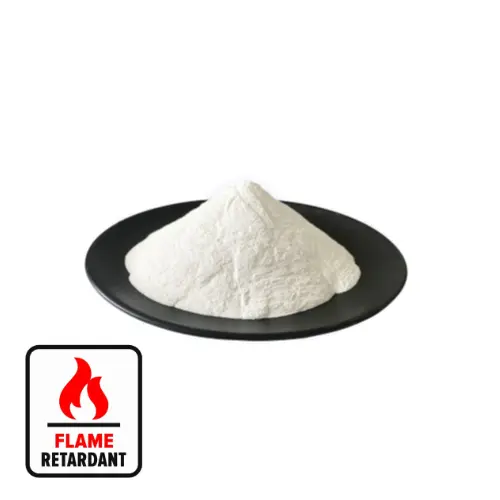Hebei Messi Biology Co., Ltd. stated that many important minerals contain magnesium ions, and these minerals produce large amounts of aqueous solutions containing magnesium ions during deep processing, such as in the deep processing of serpentine and the process of preparing fibrous silica gel by hydrochloric acid leaching of sepiolite. , both produce magnesium chloride aqueous solution. If these by-products are discarded, they will not only cause pollution but also waste resources. Therefore, a comprehensive utilization process should be adopted to recover and prepare magnesium hydroxide.
Sepiolite is a fibrous magnesium silicate and one of the clay minerals. It has a typical porous network structure. The internal structure is very open and can absorb a large amount of water and other substances. Its main component is (%) :SiO2≥54.68;AlO3≥0.28;Fe203≥0.62;CaO≥2.56;MgO≥24.62;H2O≥16.95. It can be seen that the magnesium content is quite high. Sepiolite is leached with strong acids such as hydrochloric acid, and magnesium plasma is dissolved. If the concentration and dosage of the acid are sufficient, only silica will remain at the end of the leaching, but it still maintains a fibrous shape, so it is called fibrous silica gel.
The main components of the acid leach solution are magnesium chloride and a small amount of calcium, iron, aluminum, potassium, sodium and other ions. After treatment with sodium carbonate, iron and aluminum ions are precipitated first, and then a refined magnesium chloride aqueous solution is obtained after filtration. Magnesium hydroxide is obtained by passing ammonia gas or adding ammonia water or lime into the solution. If the purification process is proper, this process can produce magnesium hydroxide with higher purity. In addition to being used for environmental protection, it can also be used as raw materials such as flame retardants and electronic grades.

